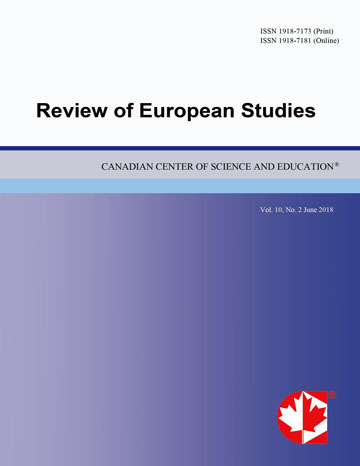Health Benefits of Staying Active After Retirement
- Hyunsook Kang
- Mihae Bae
Abstract
The objective of this study was to examine the breadth and depth of relationships with retirement and health regarding older adults’ physical activities. In addition, the possible implication of the relationships is to examine better understanding of how to stay active after retirement. Data from the American Association of Retirement Persons (AARP, Montenegro, 2015) telephone survey were used, which sampled persons, age range was 60-89 years old (n=134). Result indicated that health and physical activity factors affected retired older life satisfaction. It is not surprising that retired older adults are less satisfied when they have decreased physical health, but more satisfied when they engage in diverse physical activities or exercise after retirement (USDHHS, 2018). Given that aerobic and muscle strengthening activities contributed to improving physical function and reducing the risk of falls (Chodzko-Zajko et al., 2009; Spark et al., 2018), this study also supported the findings that aerobic and muscle strengthening activities with relative intensity level positively influenced the satisfaction levels of participants (USDHHS, 2018).
- Full Text:
 PDF
PDF
- DOI:10.5539/res.v12n4p43
Index
- ACNP
- CNKI Scholar
- DTU Library
- Elektronische Zeitschriftenbibliothek (EZB)
- EuroPub Database
- Excellence in Research for Australia (ERA)
- Genamics JournalSeek
- Google Scholar
- Harvard Library
- HeinOnline
- Infotrieve
- JournalTOCs
- Mir@bel
- Open policy finder
- RePEc
- ResearchGate
- ROAD
- Scilit
- Technische Informationsbibliothek (TIB)
- The Keepers Registry
- Universe Digital Library
- WorldCat
Contact
- Paige DouEditorial Assistant
- res@ccsenet.org
